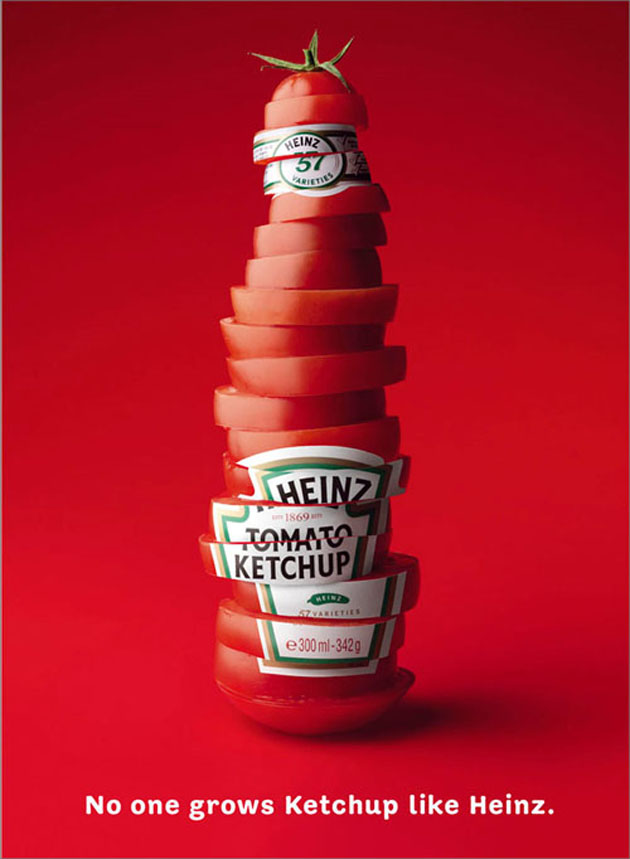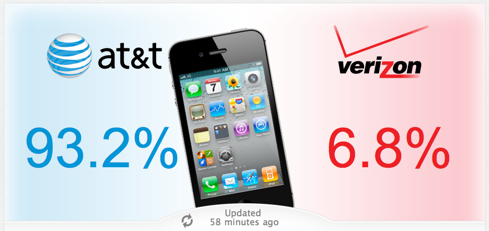1. The design of this image is stark and clear. Overall, it's quite quiet except for the main part of the photo (which is the cellphone that's spurting blood with a short message afterwards). This part is the only place that any distinct colour can be found.
2. The part of this advertisement that immediately gets my attention is the cellphone spurting blood. This is because it's emphasized by the stark change of colour. It's not necessarily large, but it takes up a great amount of the space. Also, the moment you notice it, you can't stop staring at it because of the horror of the blood.
3. The audience is particularly aimed towards young couples. But, it can be effective towards anyone who cares dearly about someone. This advertisement warns people of the effects that distracted driving holds.
4. This advertisement may seek to shock some of its audience because of the brutality involved. It tugs at the emotions we have stored for someone very dear to us and reminds us to use precautions. It gives us a reality check for some of the ridiculous things people all around us do daily.
5. This advertisement makes it seem like our character is good but ignorant of the consequences. It makes us rethink our decisions and hopefully help prevent certain deaths. We don't feel pity for the woman in the photo, but we empathize with her remembering other stories we've heard of or been a part of.
6. The image of this advertisement does most of the work. However, for those who don't understand it immediately, the spurting blood leads to the message, "Don't talk while he drives." This message is sure to get through to all viewers.
Image Source













